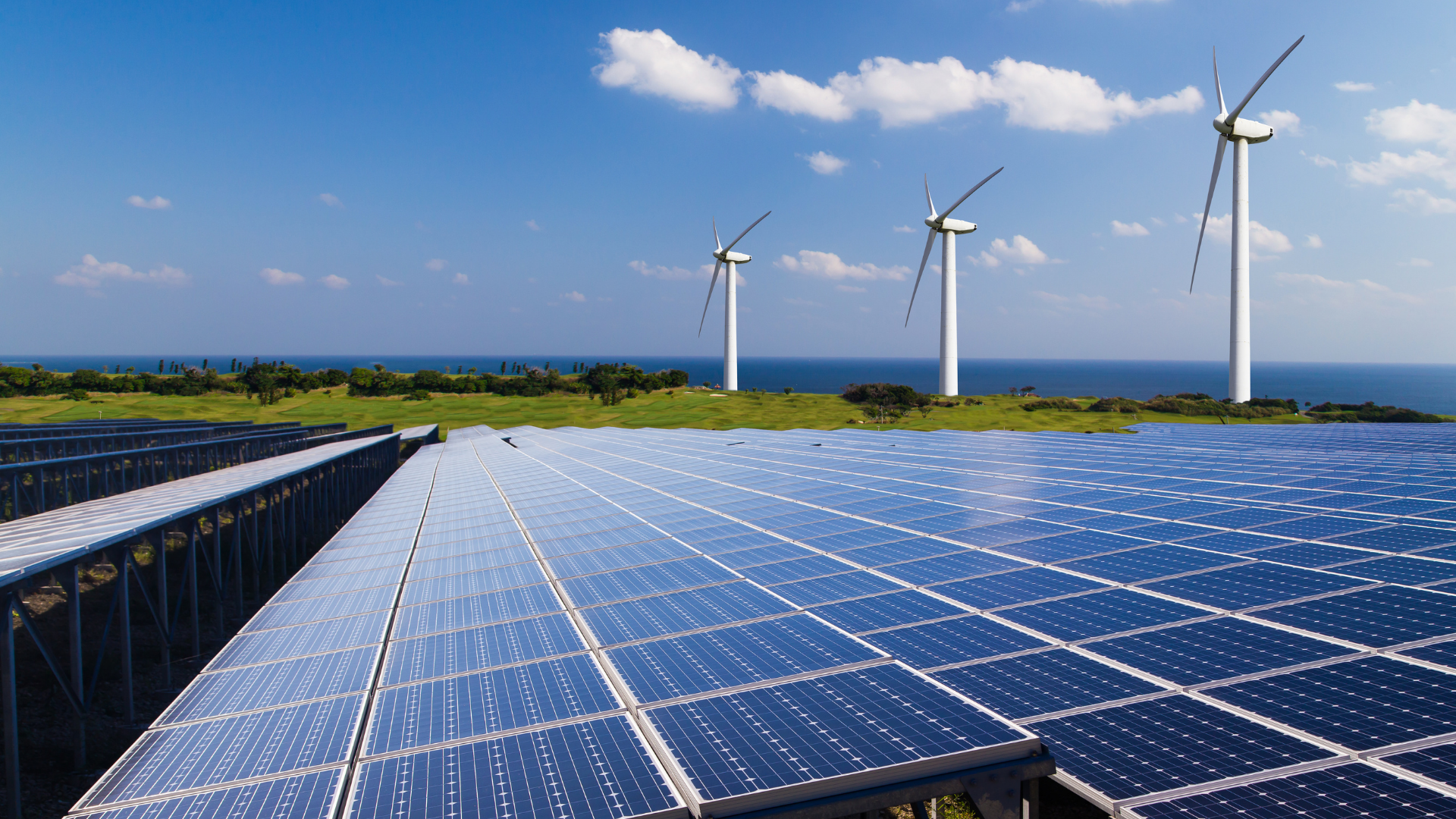Why It Matters: Supercharging America’s Economic Recovery & The Fight Against Climate Change
President Biden has set an ambitious goal to reduce America’s greenhouse gas pollution by at least 50% by 2030—and a federal CES, or similar budget-based policy, will be his most effective tool to get it done. The pollution reductions a CES is projected to bring to the power sector alone will get us over halfway to meeting the president’s target of cutting carbon pollution economy-wide by 50% by 2030—but that’s just the beginning. As America electrifies other sectors of the economy, like transportation, buildings, and manufacturing, clean electricity will be the backbone that allows us to eliminate even more emissions through electrification. Paired with complementary policies to electrify other sectors, transitioning to 100% clean electricity could ultimately drive a 70–80% reduction in U.S. greenhouse gas pollution.
The pollution reductions, driven by a CES-like investment program, won’t just boost America’s fight against the climate crisis—they’ll also save hundreds of thousands of lives by eliminating toxic air pollution. Right now, fossil fuel power plants are a major source of the pollution that causes asthma, emphysema, strokes, premature death, and more. Communities of color have been hit hardest by that pollution and have suffered the worst impacts—Black children are twice as likely to develop asthma as white children. A recent study found that implementing one version of CES that achieves 80% clean electricity by 2030 would save an estimated 317,000 lives and avoid more than $1 trillion in health care costs.
A CES will also power America’s clean energy economic recovery by creating millions of good-paying jobs in the clean energy economy and saving working families money on their utility bills each month.
It’s a no-brainer. For our climate, our health, and our economy: Congress must enact a budget-based CES policy that fits with reconciliation.
There are also a number of complementary power sector investments that are necessary for a just, equitable and effective path to 100% clean electricity, as outlined in Evergreen’s A Roadmap for 100% Clean Electricity by 2035. These must be simultaneously advanced in reconciliation legislation. They include long-term and more accessible clean electricity tax incentives; funding for EPA air monitoring and for updating and enforcing Clean Air Act standards to drive targeted pollution reductions in environmental justice communities; greater support for key federal programs that reduce energy burden; forgivable hardship loans for rural electric cooperatives to retire fossil fuel power plants and build out clean electricity; Clean Energy Challenge Grants for state, tribal and local governments; and funding for deploying more distributed renewable energy, transmission and smart grid technologies. However, a CES is especially critical for the transition to 100% clean power.

